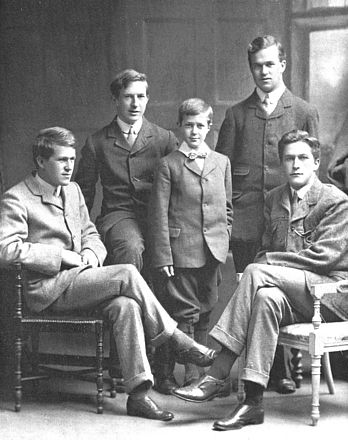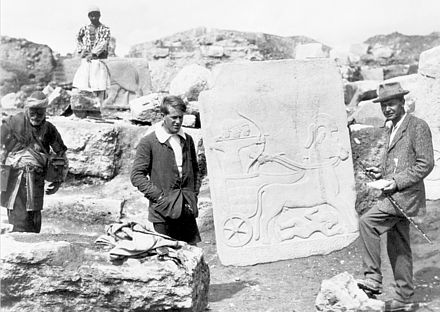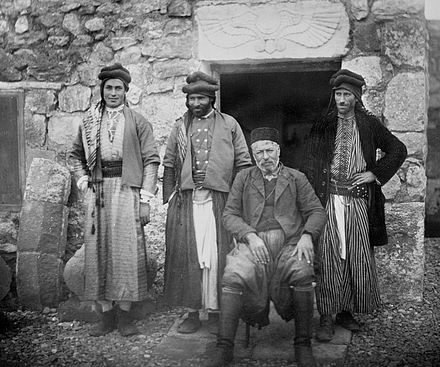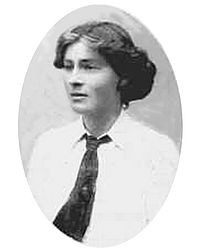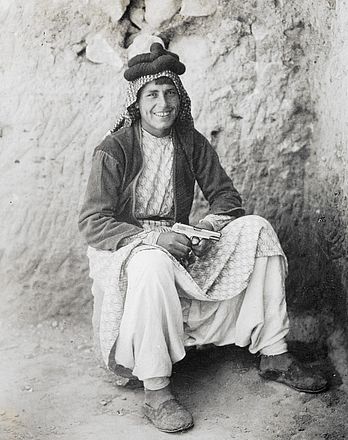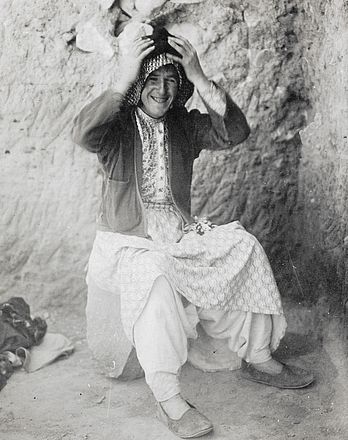Youth and Early Travels
Thomas Edward Lawrence was born on August 16, 1888, in Wales to a couple hiding what at the time would have been a scandalous secret: they were not married. Lawrence’s father, Thomas Chapman, was an Irish-English gentleman and a baronet who had inherited an estate in Ireland. Chapman left that estate, his homeland, his wife and two daughters, and ran off with his children’s strong-willed governess. Her first name was Sarah. There is some dispute about her last name, for Lawrence’s mother, too, may have been illegitimate. Chapman’s wife would not give him a divorce. Nonetheless, after they ran off, Thomas and Sarah pretended to be married and adopted the last name Lawrence. Despite or maybe because of the fact that they were “living in sin,” the parents were quite religious. T.E. was the second of their five sons.
The family moved to Oxford in 1896, in part because of the educational opportunities it offered the boys. T.E. was generally conceded to be the leader of the five of them, and he took full advantage of those educational opportunities. Lawrence won a partial scholarship to Jesus College at Oxford and graduated with “first-class” honors in modern history in 1910. His specialty was the architecture of the Crusades.
Lawrence made his first trip to the Middle East before he graduated from Oxford, traveling through what are now Lebanon and Israel alone, mostly on foot and sleeping wherever someone would offer a bed or a piece of ground. He was often hungry. He caught malaria. He was robbed and beaten. His writing intimates that he had a marvelous time.
“When he was just twenty-one, Lawrence was already creating in the substance of his life and his vivid accounts of it material for legends about his adventures and exploits, activities which were, in reality, extraordinary.”
—John E. Mack, A Prince of Our Disorder
Lawrence was not religious; nevertheless he had a strong ascetic streak — a penchant for self-denial, even martydom. It served him well on that first trip to the Middle East, as it would later serve him well with Arab fighters in the desert. Lawrence began to learn Arabic and to develop a love for the people and their culture, which his misfortunes and adventures only seemed to strengthen. “I will have such difficulty becoming English again,” Lawrence wrote his mother.
Indeed, he managed to spend most of the years from his graduation to the outbreak of the First World War helping supervise an archeological dig at Carchemish — near the Euphrates — then part of the Turkish Ottoman Empire, now near the border between Turkey and Syria. He began wearing Arab dress. It may have been the happiest period of Lawrence’s life. “The foreigners come out here always to teach, whereas they had much better to learn,” Lawrence wrote his family.
Aside from an unexpected and easily rejected proposal of marriage to a longtime friend while in college, there is no evidence that Lawrence had romantic relationships with women. While at Carchemish, he formed a particularly close bond with a handsome, young Arab water boy, whom Lawrence once took along on a visit to Oxford. However, given the reticences of the time, it seems impossible finally to get a clear picture of Lawrence’s romantic life.


